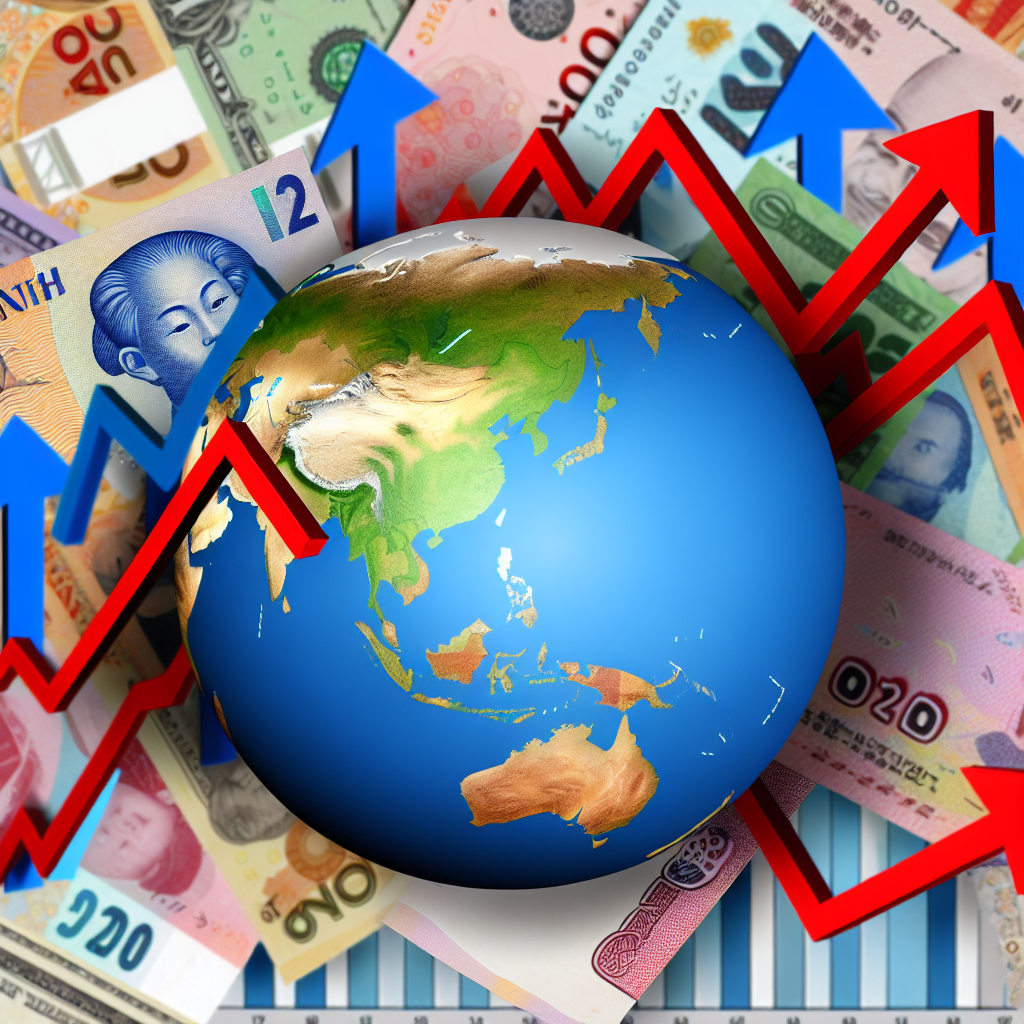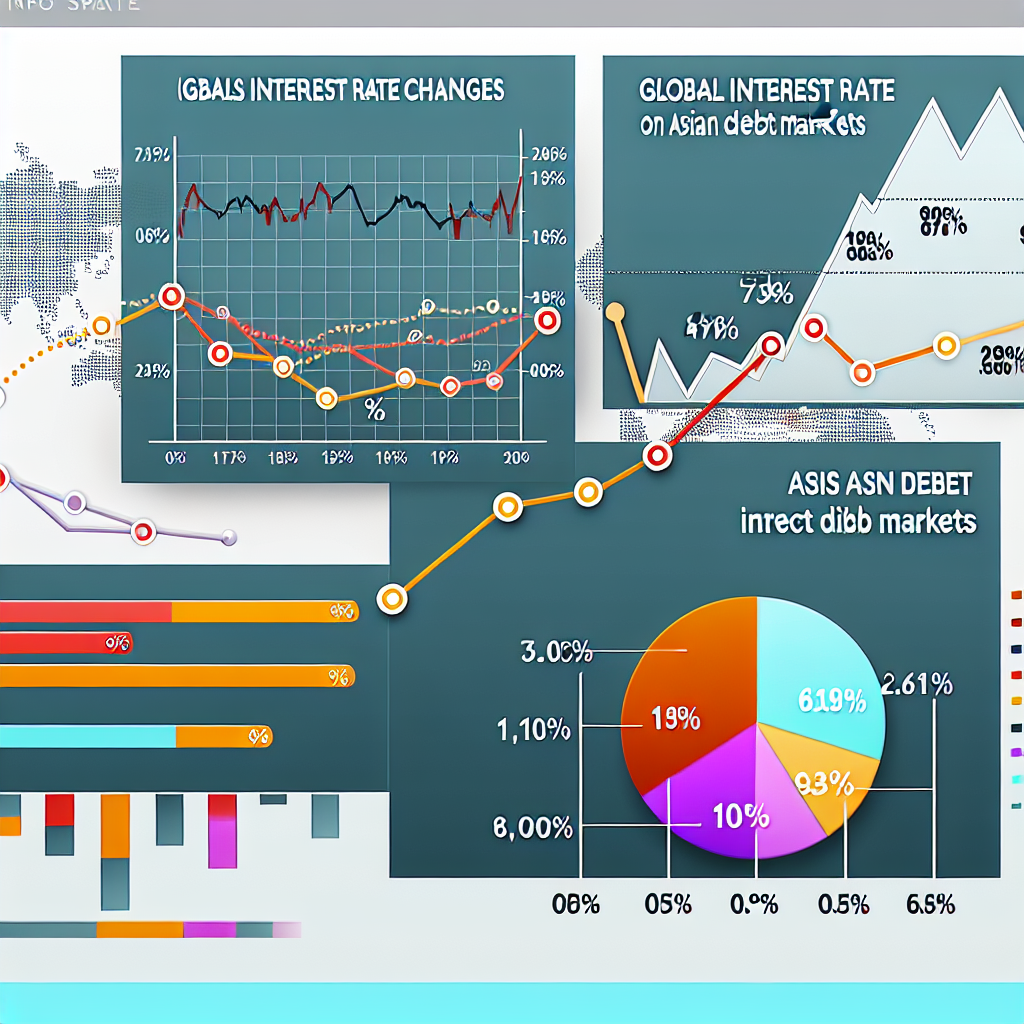How Global Interest Rate Changes Are Affecting Asian Debt Markets

In recent years, the dynamics of global interest rates have undergone significant shifts, primarily influenced by central banks’ monetary policies in developed economies. These changes have profound implications for Asian debt markets, which are increasingly interconnected with global financial systems. This article explores how fluctuations in interest rates impact Asian economies, the challenges they face, and the opportunities that arise from these changes.
The Global Interest Rate Landscape
As of late 2023, many central banks, including the U.S. Federal Reserve and the European Central Bank, have been adjusting their interest rates in response to inflationary pressures and economic recovery post-pandemic. The Federal Reserve, for instance, has raised rates multiple times to combat inflation, leading to a ripple effect across global markets.
- U.S. Federal Reserve: Increased rates to combat inflation, reaching levels not seen in over a decade.
- European Central Bank: Followed suit with rate hikes to stabilize the Eurozone economy.
- Bank of Japan: Maintained a more accommodative stance, diverging from Western policies.
These changes have led to a tightening of global liquidity, affecting capital flows into emerging markets, including those in Asia.
Impact on Asian Debt Markets
The Asian debt markets, which include sovereign bonds, corporate bonds, and other debt instruments, are particularly sensitive to changes in global interest rates. Here are some key impacts:
- Increased Borrowing Costs: As global interest rates rise, the cost of borrowing for Asian countries and corporations also increases. This can lead to higher yields on newly issued bonds, making it more expensive for governments and businesses to finance projects.
- Capital Outflows: Higher interest rates in developed markets often lead to capital flight from emerging markets as investors seek better returns. This can result in currency depreciation and increased volatility in Asian debt markets.
- Investor Sentiment: Rising rates can dampen investor sentiment, leading to reduced demand for Asian bonds. For instance, in 2022, several Asian countries saw a decline in bond issuance as investors became more risk-averse.
Case Studies: Country-Specific Impacts
To illustrate the effects of global interest rate changes on Asian debt markets, we can look at specific countries:
India
India has experienced significant fluctuations in its bond market due to rising global rates. The Reserve Bank of India (RBI) has had to balance inflation control with economic growth. In 2023, the RBI raised its benchmark interest rate to 6.5%, leading to a surge in government bond yields. This has made it more challenging for the government to finance its fiscal deficit.
Indonesia
Indonesia’s debt market has also felt the impact of global interest rate hikes. The Indonesian government issued bonds at higher yields to attract investors amid capital outflows. The country’s 10-year bond yield rose to 7.5% in early 2023, reflecting increased risk premiums as investors reassessed their portfolios.
Opportunities Amidst Challenges
Despite the challenges posed by rising global interest rates, there are also opportunities for Asian debt markets:
- Increased Foreign Investment: Higher yields can attract foreign investors looking for better returns, potentially offsetting some capital outflows.
- Diversification of Funding Sources: Asian countries may explore alternative funding sources, such as green bonds and sustainability-linked bonds, to attract a broader investor base.
- Strengthening Local Currency Bonds: As global investors seek stability, local currency-denominated bonds may become more attractive, reducing reliance on foreign currency debt.
Conclusion
The interplay between global interest rate changes and Asian debt markets is complex and multifaceted. While rising rates present significant challenges, including increased borrowing costs and potential capital outflows, they also create opportunities for innovation and diversification in funding. As Asian economies navigate this evolving landscape, understanding these dynamics will be crucial for policymakers, investors, and businesses alike. The ability to adapt to these changes will determine the resilience and growth of Asian debt markets in the years to come.





